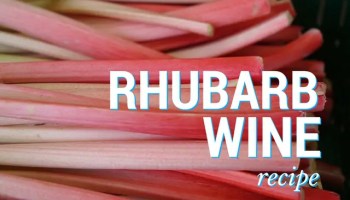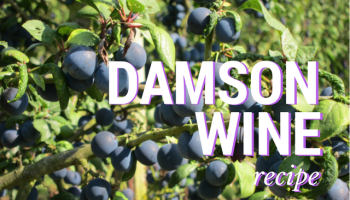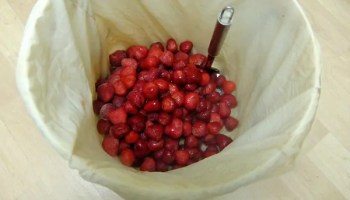Hi, I made some gooseberry wine in the summer using a recipe found on the Home Brew Answers website. I have just put it into bottles and tested it using a newly aqquired hydrometer. It shows a reading between 80 and 90 which surely means there is no alcohol in it. Can I rescue it or will I have to drink it as gooseberry juice. This is my first attempt at making wine. I don`t know if it makes any diffference but I used red gooseberries. Thanks for any help.
Terry Baldwin
Inverness
Scotland
Terry Baldwin
Inverness
Scotland








